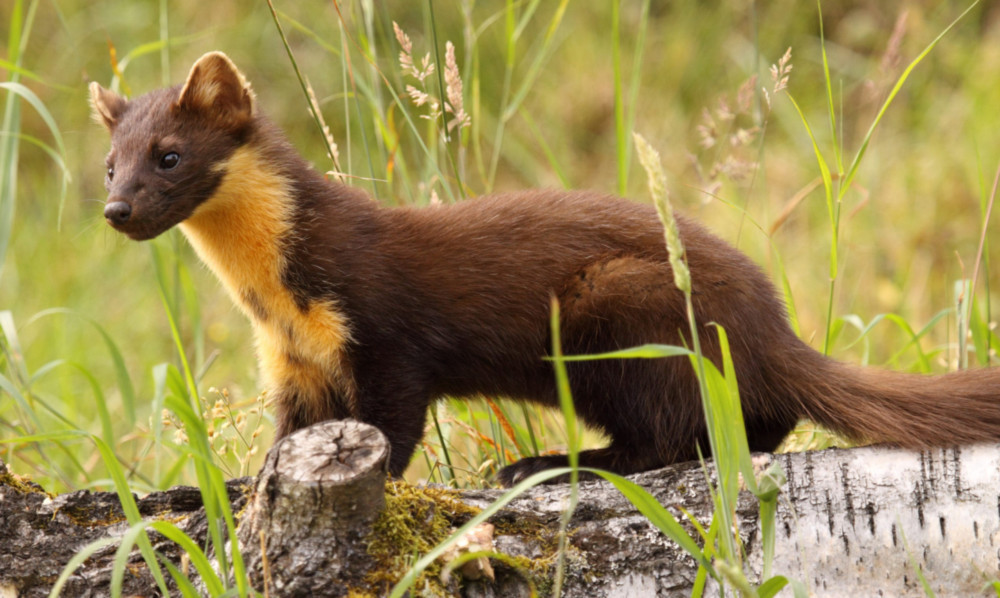One of Scotland’s rarest carnivores is showing encouraging signs of recovery in Perth and Kinross, according to a new report.
A joint survey by Scottish Natural Heritage (SNH) and the Vincent Wildlife Trust (VWT), to be published later this week, shows the pine marten population has regained ground across Scotland, including much of Perthshire, western Angus and parts of Fife.
Although populations in Angus and Fife are currently patchy, the report expects that pine martens will continue their expansion into these areas in the future.
As in the rest of Britain, Scotland’s pine marten population suffered a major decline as a result of historical persecution and woodland loss. By the early 20th century, the breed was found only in the North-West Highlands.
The species was given full legal protection in 1988 and, following the expansion of plantation forest cover during the last century, is making a comeback across much of its former Scottish range.
It is now recolonising areas from which it has been absent for more than 100 years. Signs of this gradual recovery were first recorded in surveys in the 1980s and 1990s.
This latest survey was carried out last summer, when possible pine marten droppings were collected along areas on woodland tracks and paths.
This was DNA-tested to confirm its origin. Records of marten presence were also collected from other sources, including Local Biological Record Centres and other wildlife organisations.
Lizzie Croose, VWT’s survey coordinator, said: “At a time when some native mammals are declining, it is fantastic to see the pine marten population is recovering and expanding its range in Scotland. Pine martens are still absent from much of Britain, so the recovery in Scotland is significant.”
Scottish wildlife experts have welcomed the news.
Rob Raynor, mammals advisor at Scottish Natural Heritage, said: “This is good news for one of Scotland’s most iconic animals and it is reassuring that this formerly rare and persecuted mammal is now making a comeback in some of the more populated parts of the country.”
